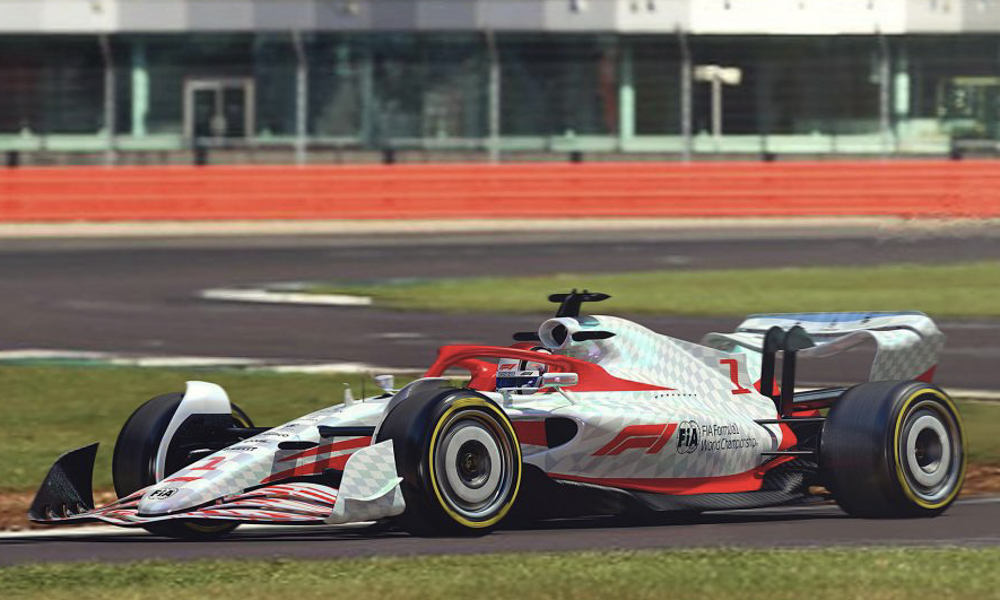
If you’ve been part of the Formula 1 community for a good while now, you may have already seen glimpses of the massive regulation changes that were supposed to be mandated this year. But because we have this small thing called COVID-19, these updates were postponed for 2022. But hey, it’s better late than never, right?
In one of the sport’s biggest visual changes since the introduction of the all-important halo device, these tweaks aim to make F1 races a whole lot more exciting and sustainable by slowing down the cars. But before you go and tell the world about how the FIA is making the sport worse, read on.
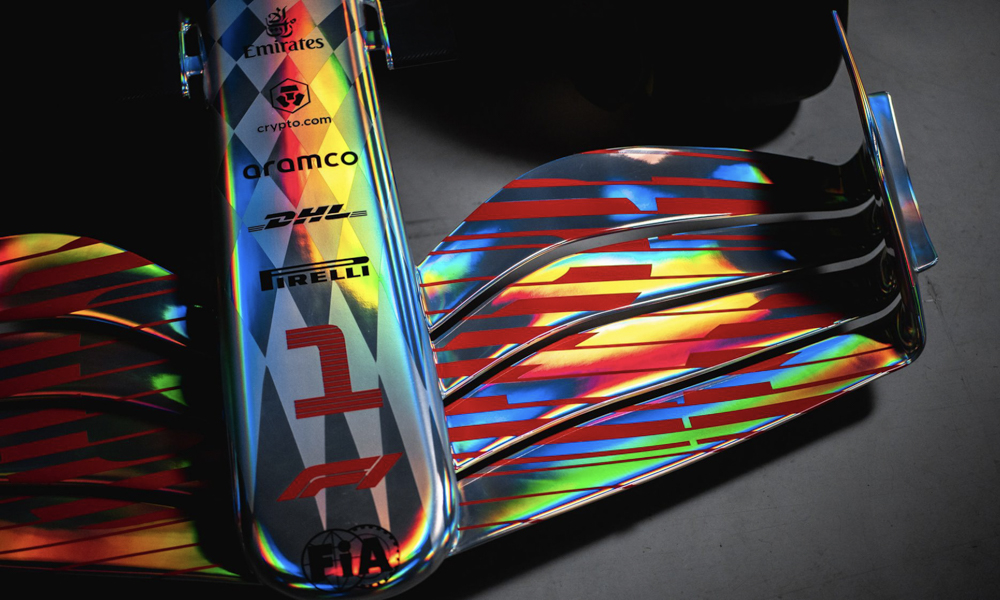
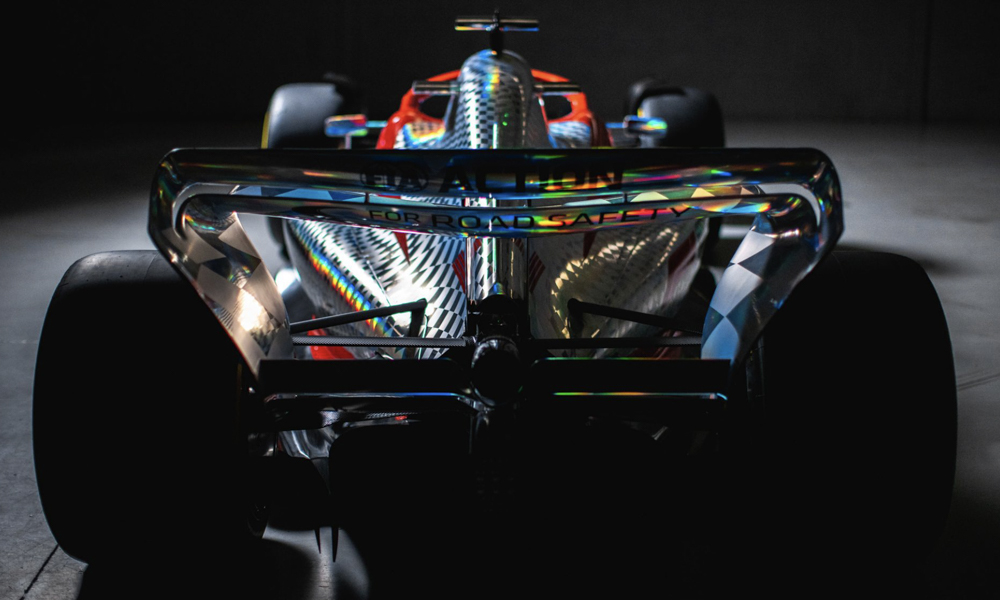
Current F1 cars are pretty long and are fitted with aero that is engineered to squeeze out every ounce of speed in a straight line. However, new regulations require shortening the wheelbase and using a shaped floor to generate more downforce. This is because the front and rear wings will be modified to reduce wake turbulence, consequently allowing cars to follow each other closely with less difficulty.
Wake turbulence (or “dirty air”) causes cars to lose downforce when trailing other vehicles by as much as 48% (at a distance of 10m). While this isn’t normally an issue on straightaways, it becomes a problem during cornering. The revised design will see downforce losses drop to as low as 18%, so fans can expect more wheel-to-wheel battles in the future.
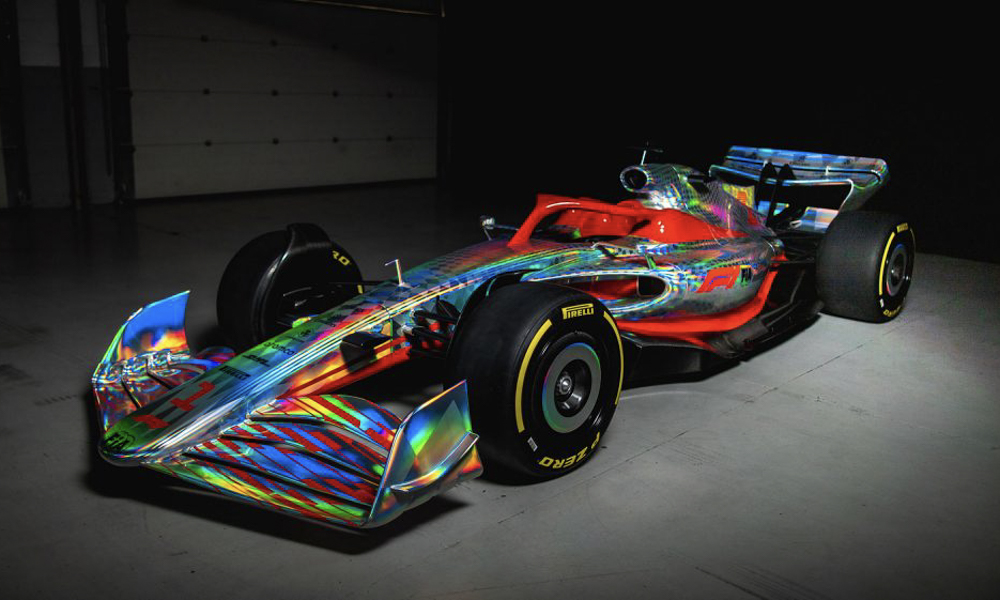
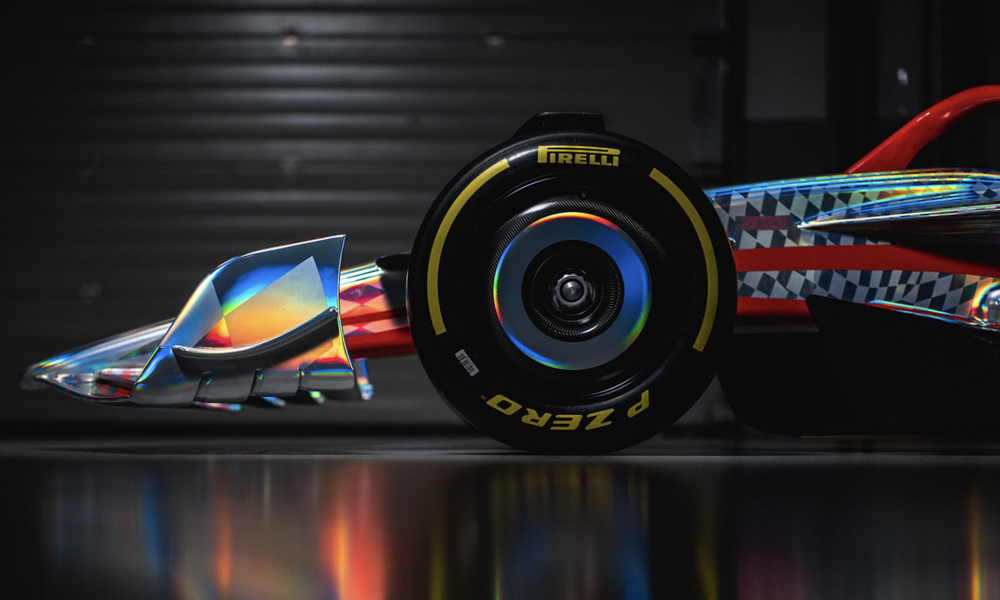
Wheel size will also increase by five inches to 18 inches. Visually, this is meant to mirror the wheels fitted to high-performance street cars. Aside from the use of lower-profile tires, there will also be winglets that will help further clean up the dirty air that comes from these rims.
The power unit’s basic specs will remain the same. But the hybrid 1.6-liter turbo engines will now have to run on E10 fuel. This fuel consists of 10% ethanol, which must be a second-generation biofuel that is sustainably sourced. Think of it as baby steps toward the use of fully sustainable gasoline, like what Porsche and ExxonMobil are doing.
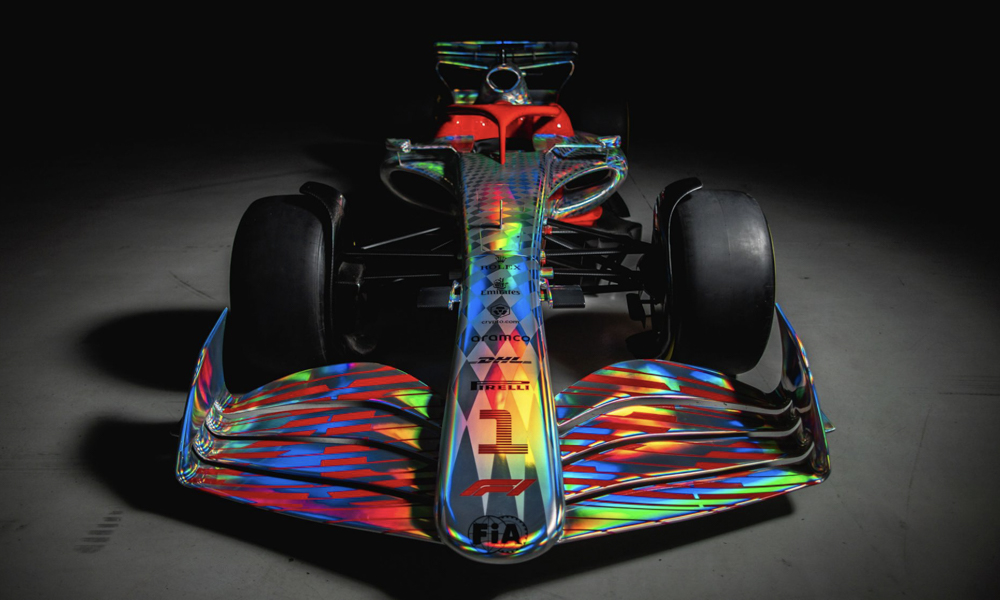
Finally, the cars will receive several safety upgrades. The chassis must withstand 48% and 15% more impact energy at the front and the rear, respectively. And in the wake of Romain Grosjean’s fiery crash in Bahrain last year, the power unit is now required to separate from the chassis without exposing or breaking the fuel tank.
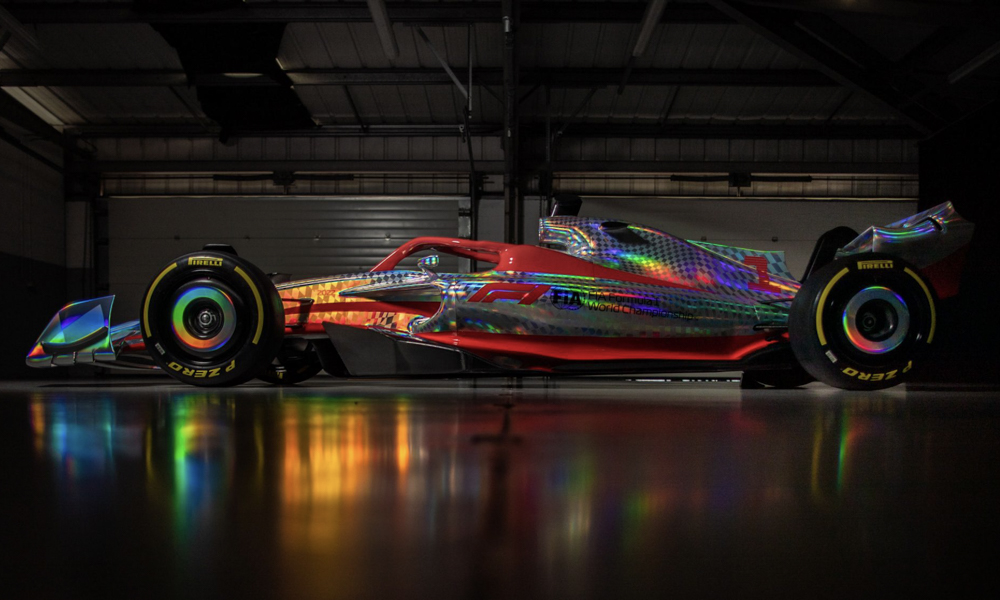
All of these mandatory enhancements will increase the car’s minimum weight from 752kg to 790kg. Some experts have predicted that the updates will increase lap times by around two seconds. But with teams starting from an almost clean slate for the 2022 season, it’s quite exciting to see how such regulation changes will transform Formula 1 from next year onward.


0 Comments